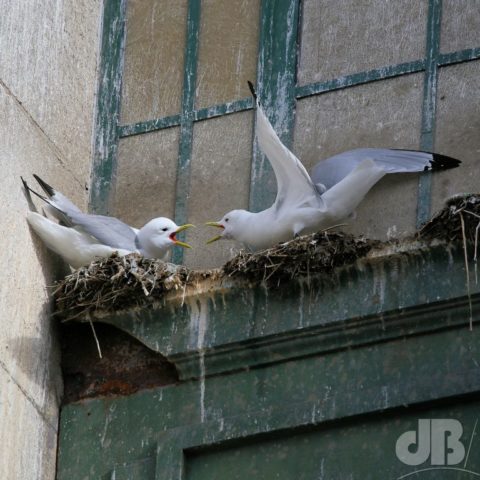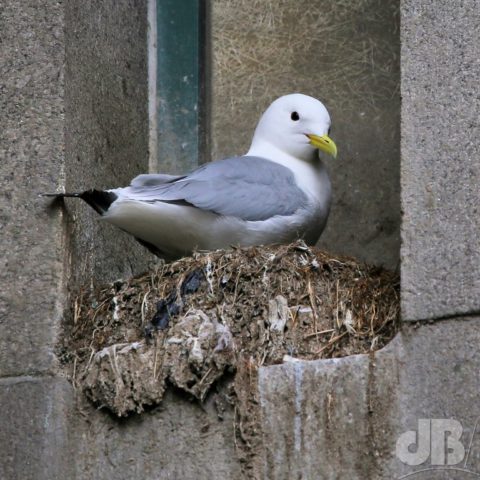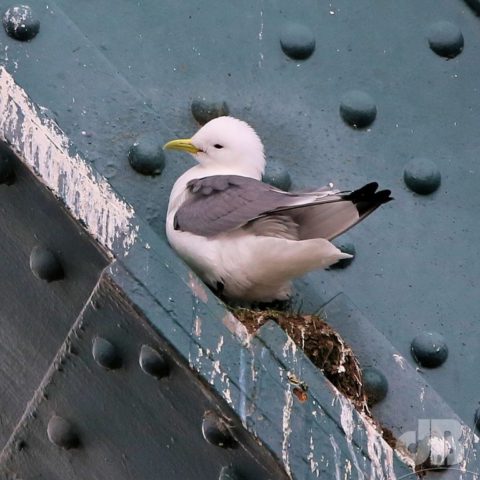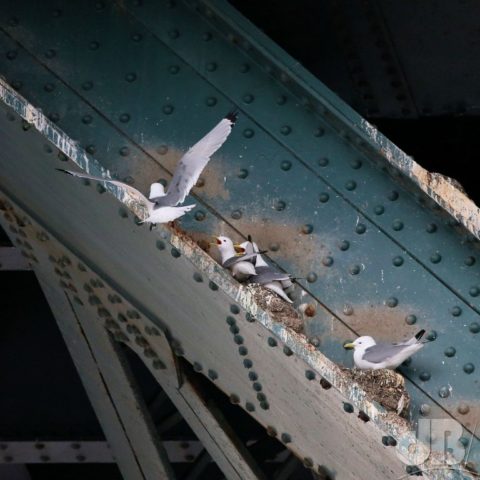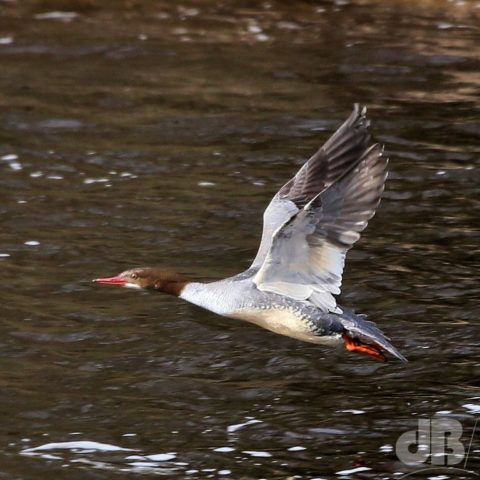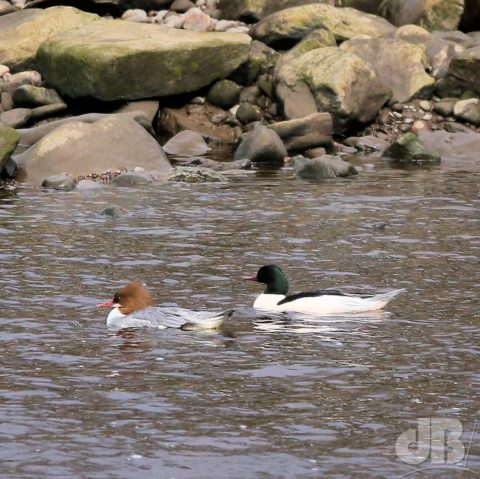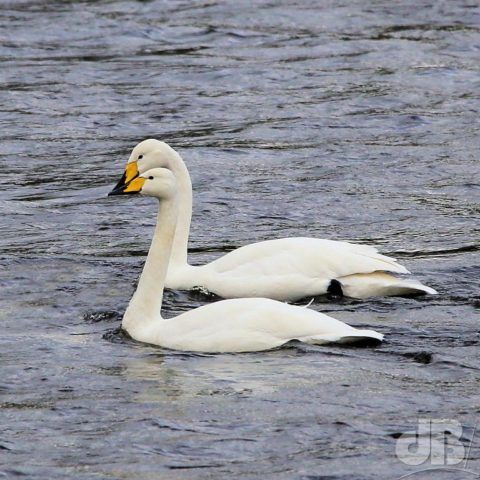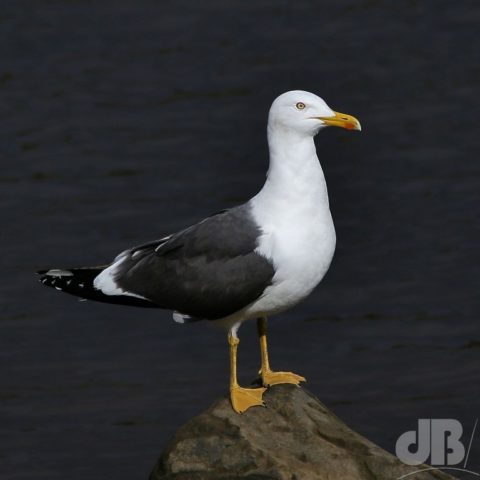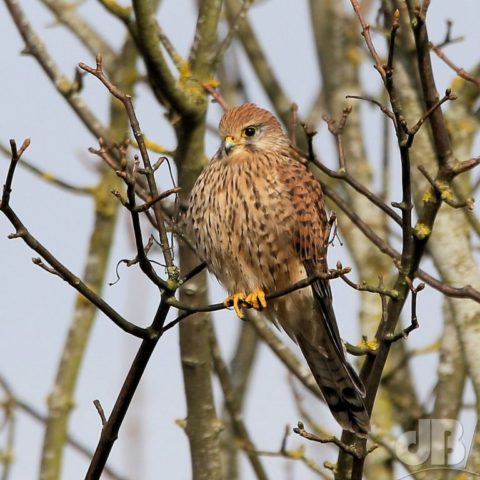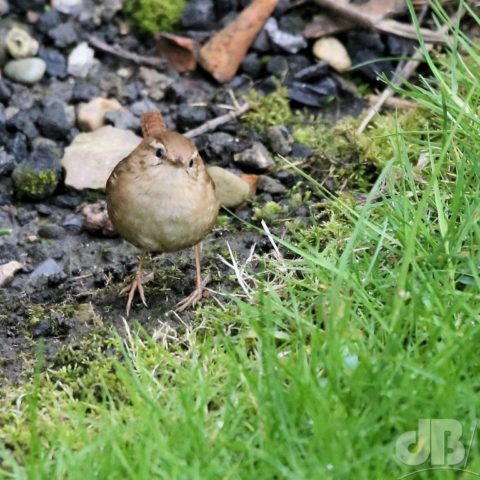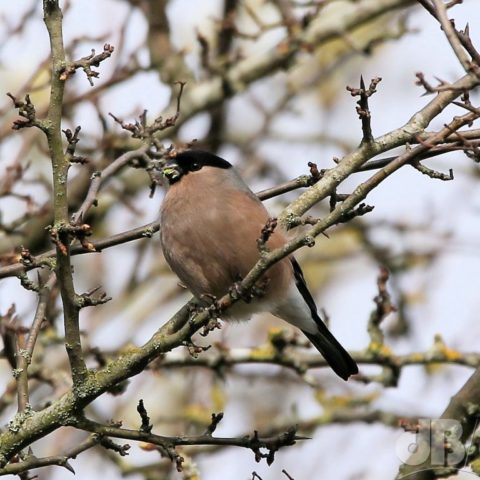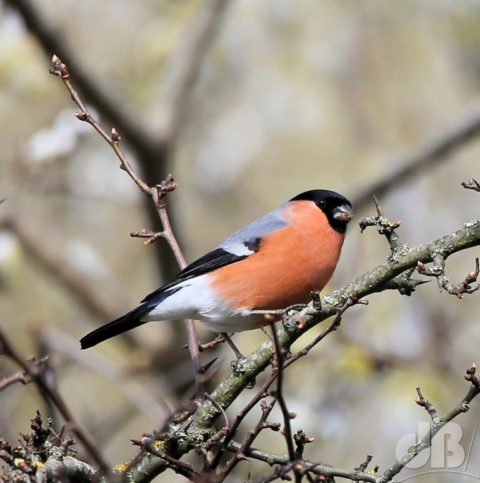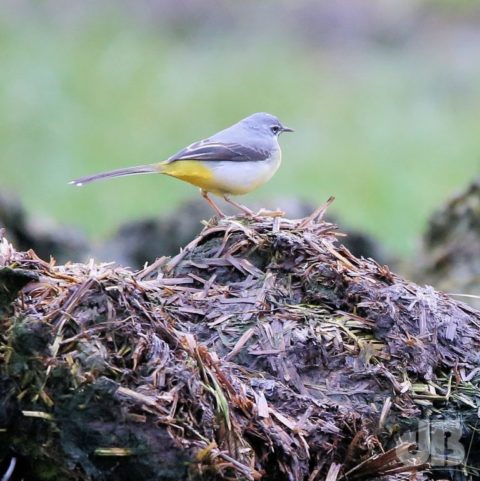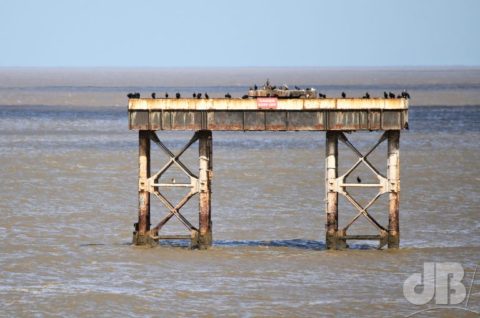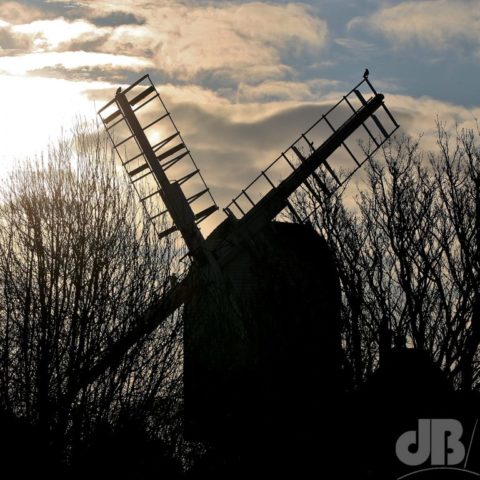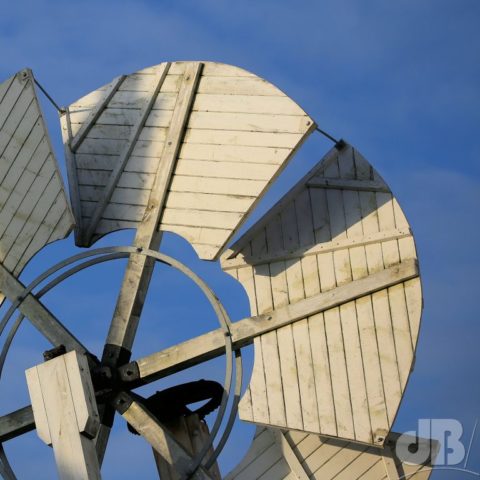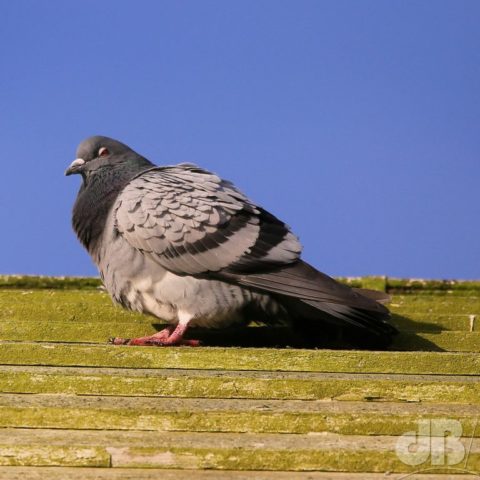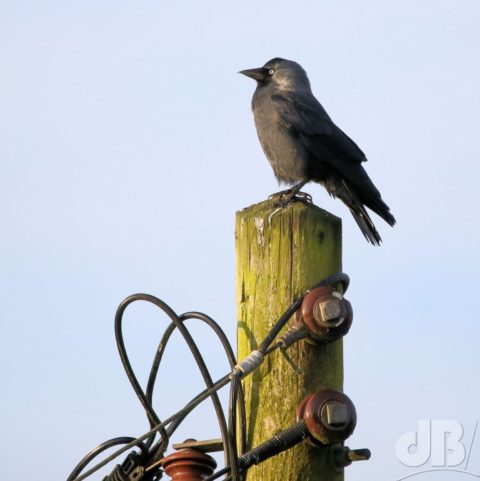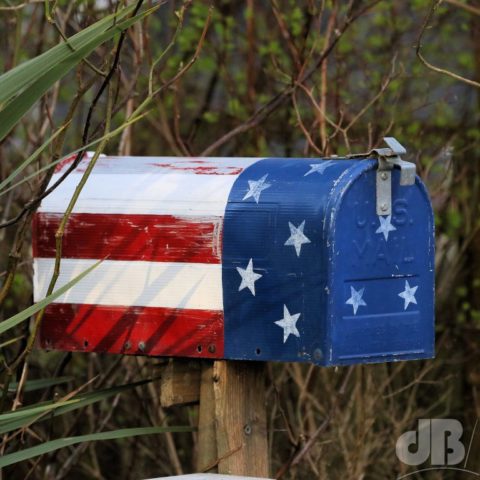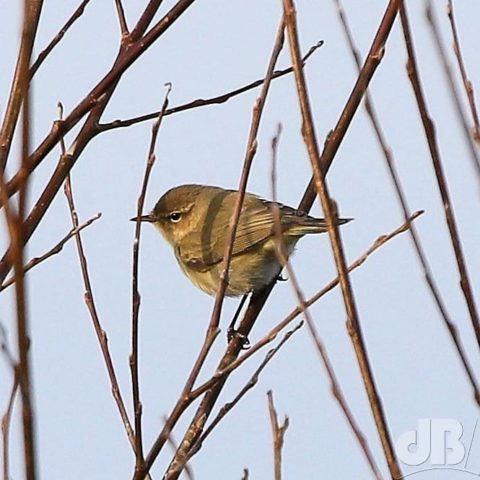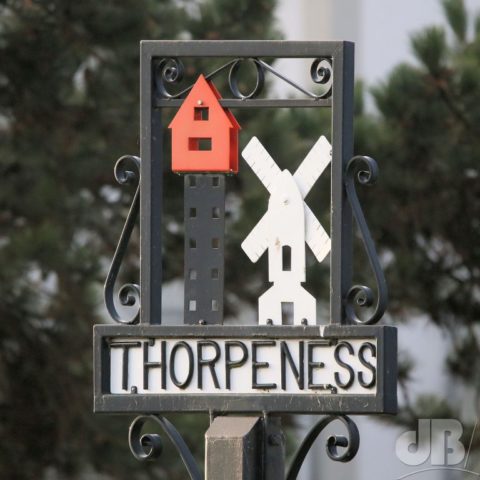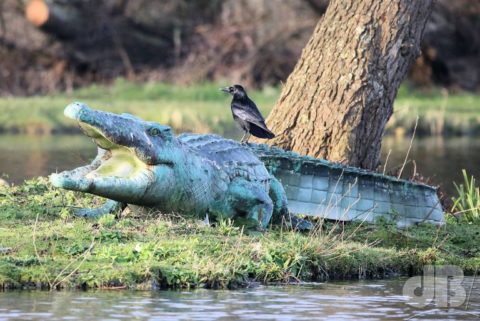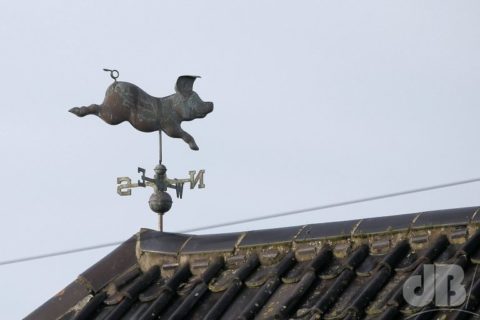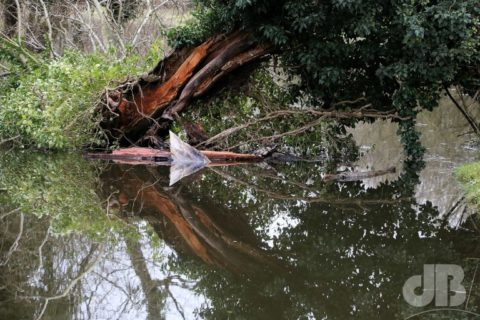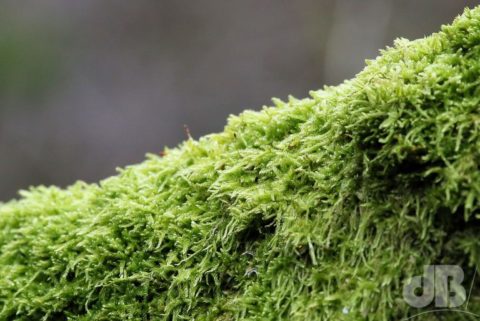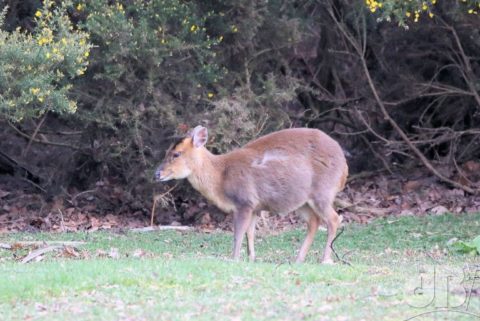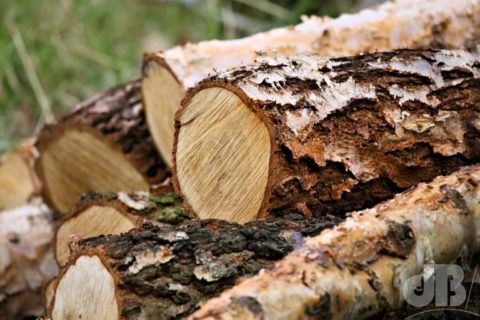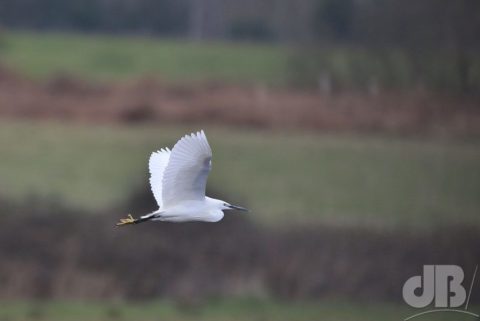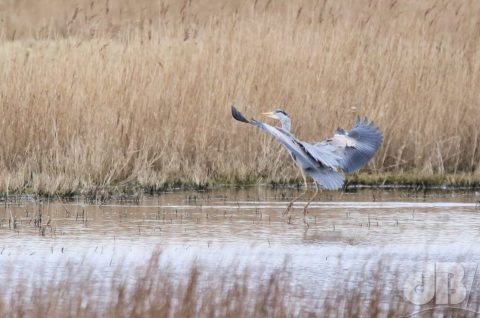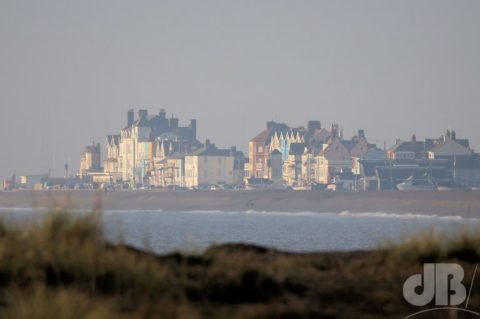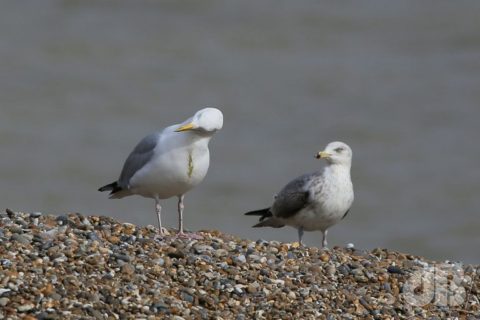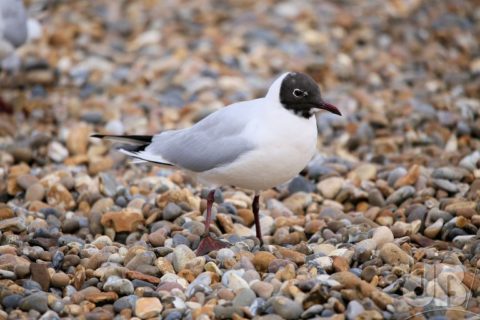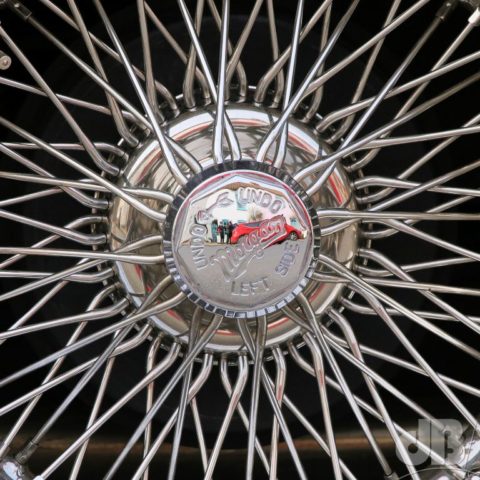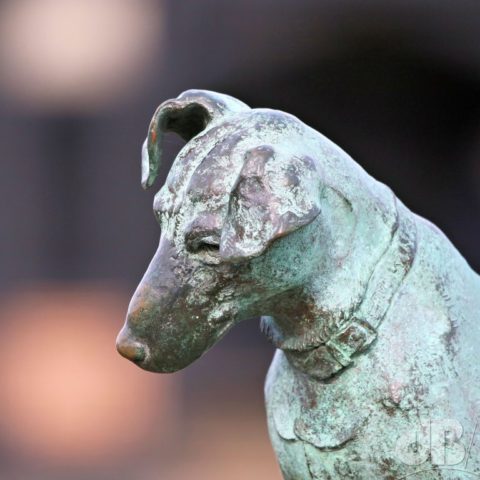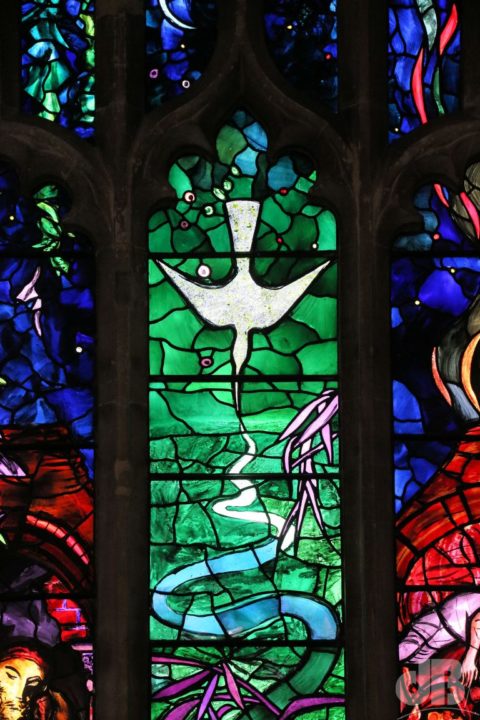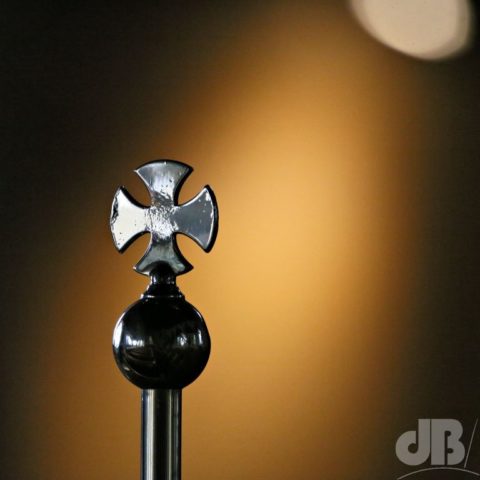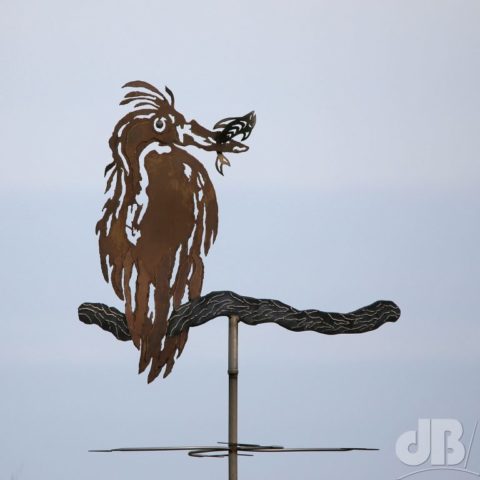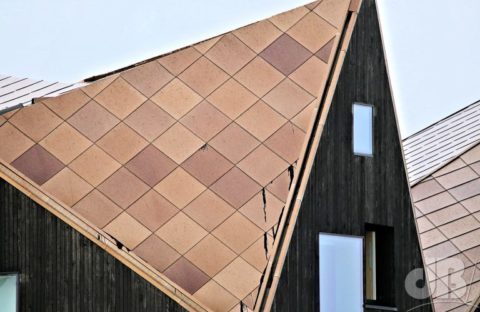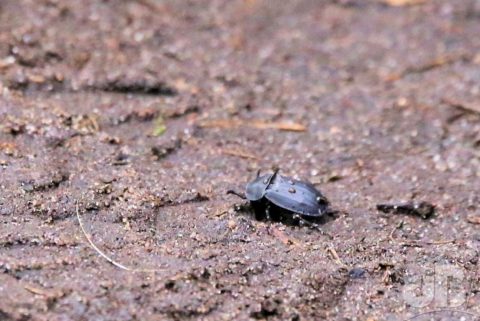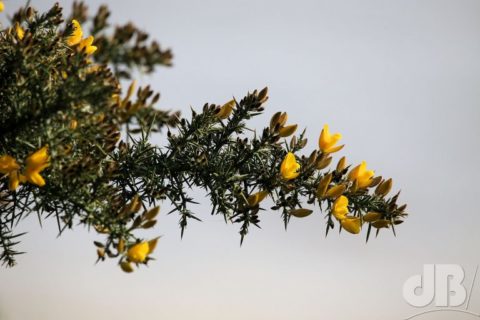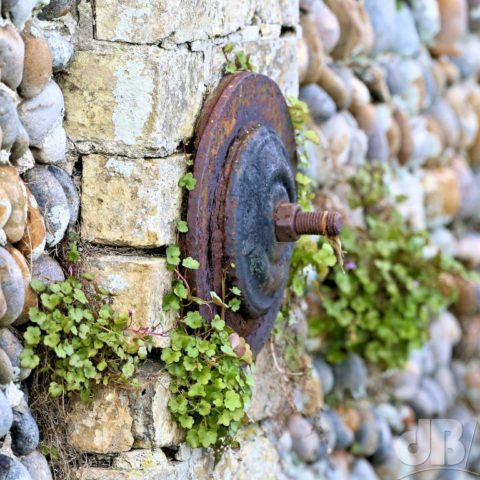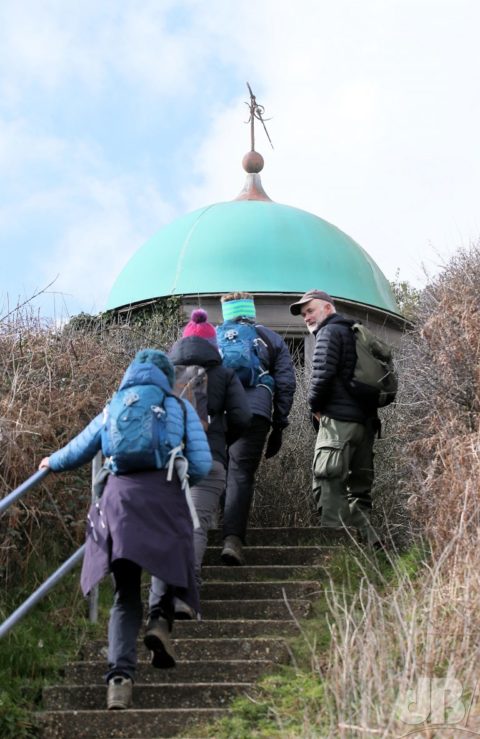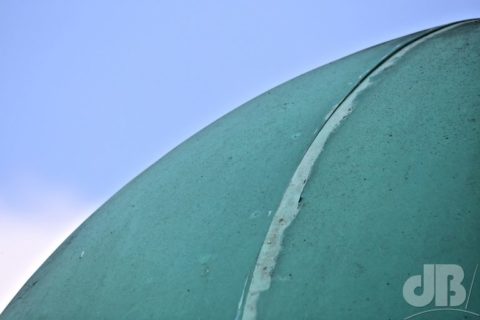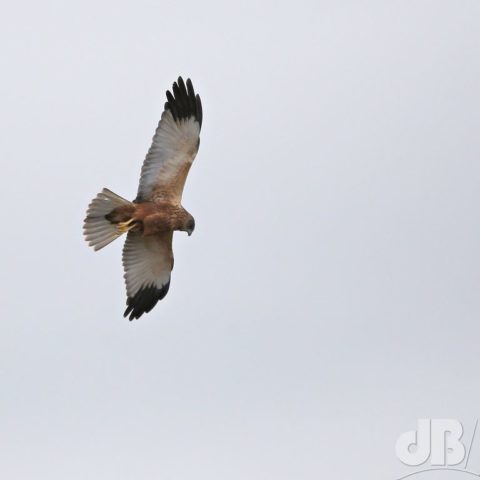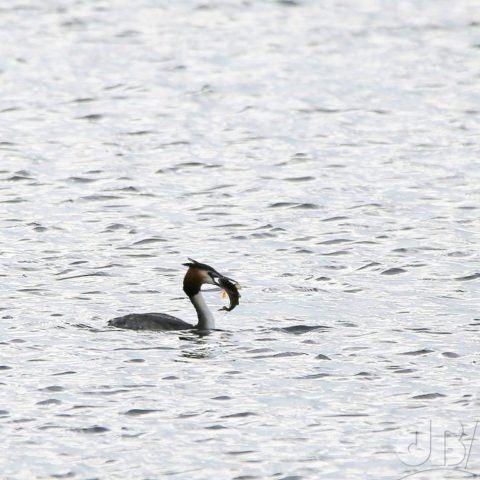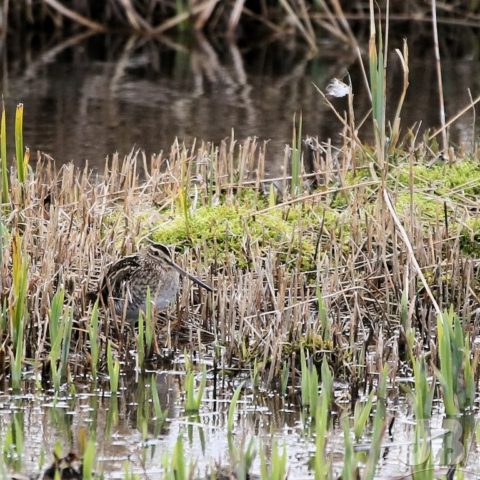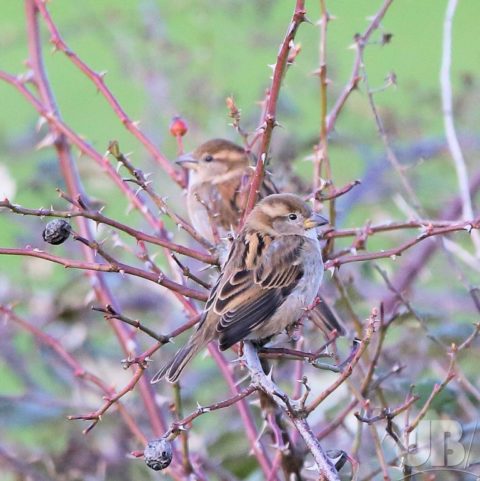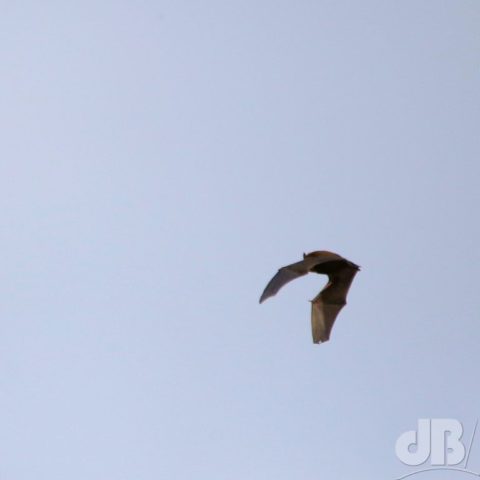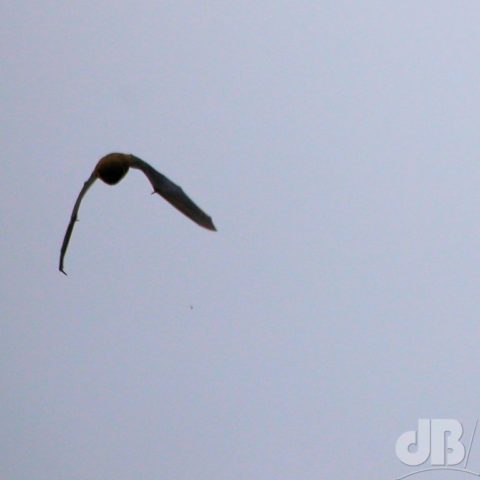I posted a list of frequently asked questions (FAQ) with answers regarding the novel coronavirus, severe acute respiratory syndrome coronavirus 2 (SARS-CoV-2), which causes the potentially fatal Covid-19 (Coronavirus disease 201), now pandemic, back in late January. Things have moved on apace, social distancing, self-isolation, quarantine, lockdown are buzzwords we are hearing more and more as the virus spreads. Countries are closing borders, airlines are on the verge of failing, restaurants, bars, sports venues, and theatres are all operating behind closed doors, if at all.
I gave up updating the FAQ a while ago and linked to a better one where Sciencebase readers can get important current information, it’s at the top of the FAQ.
But, there is one FAQ that needs to be asked, at once, and I did, on Facebook:
So, all those hobbies that people scoffed at for years, which ones will you be taking up in your splendid isolation?
The answers have been rolling in, some people seemed to have assumed this wasn’t a flippant, light-hearted, almost facetious, mood-lightening, amusing question in the light of a global tragedy unfolding daily before our eyes, but hey, the literal web will survive us all. Anyway, here are a few of the interesting remarks that came back:
Chris РToday I have tried and failed: making papier-m̢ch̩ from toilet roll, distilling vodka, plane spotting, and Spanish conversation
Clive – I like plane spotting: rebate, jack, smoothing, block…
Mo – I think it’s time we played a few games of Risk
Robert – Hand washing
Mike – Hand wringing
Patrick – I’m making a map of the known universe and beyond out of pasta and toilet rolls. What else am I going to do with all of this stuff…no idea why I bought it all really
Nancy – A Seattle epidemiologist has given the thumbs-up to sex. Bonus points if it’s sex for one
Mark – Apparently, Italians have been given a free month’s subscription to a porn website
Dave – Nice to see that everyone’s pulling together in times of crisis
Stephen – I’ve been threatening for years to get the kids to cut the lawn with the kitchen scissors – I might just get around to seeing how long it would take to do…
Bill – Photographing the neighbours with my long lens. Oh, wait, did you mean NEW hobby?
Jorian – Writing up research notes on our family history for the survivors
Mark – Model trains are my thing!
Stephen (again) – Yeah the “kids” layout in the loft might get some attention too
Deborah (who is moving house) – I’m still packing
Sciencebase – I’ve just cut up some eggboxes to replace the sodden ones in the moth trap
Mandy – Not going to need a new spring wardrobe; reasons to be cheerful
